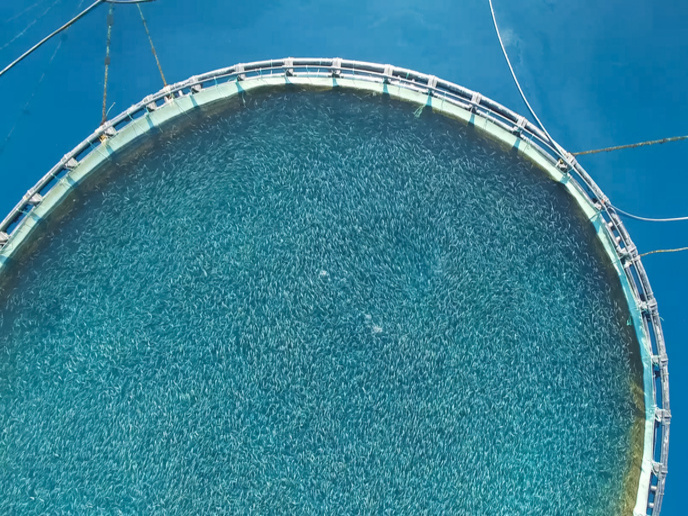A viable, scaleable and eco-friendly lobster farm model
For several centuries, the European lobster has been one of the most valuable seafood products. Through a novel approach to lobster farming, the EU-funded AUTOMARUS project(opens in new window) aimed at understanding, developing and controlling the whole value chain to increase the supply of high-quality, healthy seafood to this high demand market.
Lobster farming with an emphasis on animal welfare
Being approximately 20 cm and weighing 250-300 grams, the European lobster is below the legal size for wild catch. Meanwhile, its highly cannibalistic behaviour(opens in new window) requires sophisticated farming technology. The ideal system for rearing lobsters individually must combine inexpensive construction and operation, and simple maintenance. It is self cleaning, uses three-dimensional space, conserves water and permits livestock access for inspection and feeding. AUTOMARUS has successfully incorporated all these features into one single design through an advanced image processing system with an automated feeding system and robotic lobster handling. “Every single lobster is provided a separate ‘apartment with a sea view’,” notes Mette Handeland, project site manager, “which elevates the animal welfare element by prevention of fighting, claim of territory and cannibalism.” Individual rearing provides a great advantage in terms of flexibility and modularity when scaling, as well as a high level of biosecurity compared to other seafood production methods. “Due to the technology’ s high level of biosecurity, in the event of disease outbreak, the system only allows as few as 100 lobsters to be affected regardless of farm size,” explains Asbjørn Drengstig, project coordinator. Moreover, upon a lack of water supply, the system will drain leaving the lobsters in a dry-humid atmosphere where they can survive for up to 48 hours. This offers us two days to mitigate.” Bottlenecks for the commercial culture of lobsters have also been the lack of high-quality dry food and technology that can feed in extremely small doses to individual chambers effectively and profitably. “The issues hampering accurate feeding have been resolved through a highly accurate roboticised feeding dispenser, enabling insignificant feed waste,” clarifies Jan Erik Jenssen, chief engineer and technical maturation manager. Lobsters grow by moulting and must fill their soft shell with seawater to expand their body volume. “It is vital for us to determine the last moult to allow enough time for the lobster to refill the body with meat and thereby secure our valued customers with a 100 % guaranteed filling score,” emphasises Tormod Drengstig, software development leader.
A fully sustainable aquaculture model
The farming concept has initially been based on conserving water temperatures using recirculating aquaculture systems(opens in new window) with 95 % reuse of seawater – a necessary yet more technologically advanced method of producing seafood onshore. However, mid-term AUTOMARUS signed agreements with a local data centre in Norway and a global hyperscale data centre player. Data centres have low-grade waste heat available, which up until now has remained unused. The ideal temperature for growing lobsters is 20 °C, identical to the temperatures provided by these facilities. Hence, production is scaled up without installing expensive water treatment systems for the reuse of water. Flow-through technology also reduces the risk for technical failures. To support and strengthen the wild population, the company secured permits to catch wild gravid females from a near-extinct European lobster stock and has a self-imposed regulation to release 10 % of all hatched juveniles back into the wild. Considering the vulnerability of the species, this effort is of great importance to the existence of the wild population.







